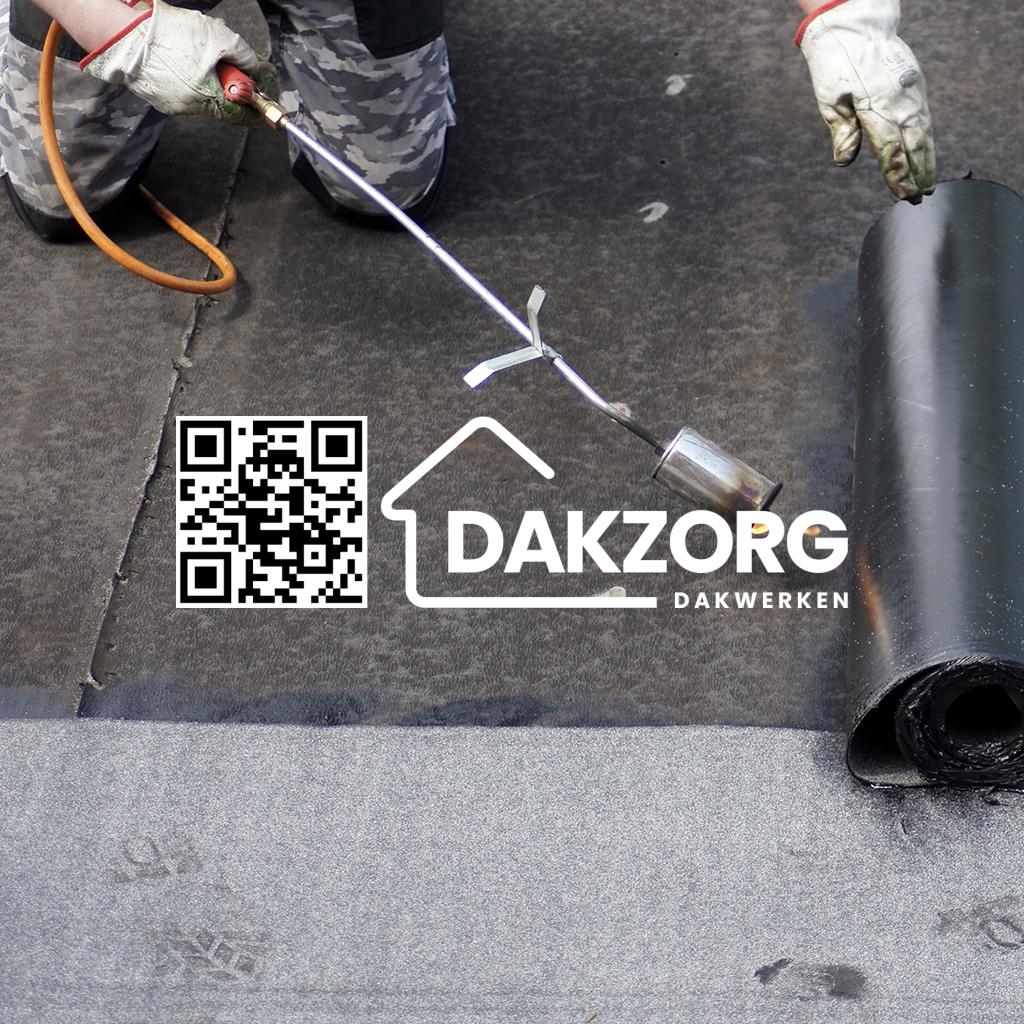Introduction: The Importance of Choosing the Right Roofing Material
When it comes to owning a home in the Netherlands, one critical decision that often gets overlooked is the choice of roofing materials. Your roof isn't just a protective barrier between you and the elements; it also contributes significantly to your home's aesthetic appeal, energy efficiency, and overall longevity. Given the unique weather conditions in the Netherlands—characterized by frequent rainfall, strong winds, and occasional snow—selecting an appropriate roofing material is essential.
In this article, we're diving deep into Top 5 Roofing Materials for Dutch Homes. We'll explore each material's advantages and disadvantages, helping you make an informed choice that aligns with your needs and preferences.
Top 5 Roofing Materials for Dutch Homes
1. Clay Tiles: A Timeless Choice
Clay tiles have been a staple in Dutch architecture for centuries. Their rich history contributes not only to their aesthetic appeal but also to their functionality.
Advantages of Clay Tiles
- Durability: Clay tiles are incredibly durable and can last over 100 years if properly maintained. Weather Resistance: They perform well against rain and wind—essential qualities considering the Netherlands' climate. Energy Efficiency: Clay has natural insulating properties that help keep homes cool in summer and warm in winter.
Disadvantages of Clay Tiles
- Weight: Clay tiles are heavy, which may require additional structural support during installation. Cost: They can be more expensive than other roofing options upfront.
2. Thatched Roofs: A Rustic Charm
Thatched roofs give off a cozy, rustic vibe that many homeowners find appealing. They're made from natural materials like straw or reeds, creating a unique aesthetic.
Advantages of Thatched Roofs
- Insulation: Thatched roofs provide excellent insulation properties due to their thickness. Eco-Friendly: They're made from sustainable materials and have a low carbon footprint.
Disadvantages of Thatched Roofs
- Maintenance: They require regular maintenance to prevent decay. Fire Risk: Although treated options exist, thatched roofs can pose a fire hazard if not carefully managed.
3. Asphalt Shingles: Cost-Effective Versatility
Asphalt shingles are one of the most popular roofing materials globally—and for good reason! They're versatile and come in various colors and styles.
Advantages of Asphalt Shingles
- Affordability: They’re among the least expensive roofing options available. Installation Ease: Unlike clay or slate tiles, asphalt shingles are relatively easy to install.
Disadvantages of Asphalt Shingles
- Lifespan: Their lifespan typically ranges from 15 to 30 years—shorter than other materials. Environmental Impact: They aren't as eco-friendly as natural alternatives like clay or thatch.
4. Slate Roofing: Elegance Meets Durability
Slate roofing brings elegance and sophistication to any home. Known for its stunning appearance and incredible durability, it's an investment worth considering.
Advantages of Slate Roofing
- Longevity: Slate can last up to 100 years or more when maintained properly. Aesthetic Appeal: Its natural beauty enhances curb appeal significantly.
Disadvantages of Slate Roofing
- Costly Installation: Slate is one of the more expensive roofing materials available due to both material costs and installation complexity. Heavyweight: Like clay tiles, slate requires additional structural support.
5. Metal Roofing: Modern Innovation
Metal roofing has gained popularity in recent years due to its modern look and exceptional performance metrics.
Advantages of Metal Roofing
- Longevity: Metal roofs can last over 50 years with minimal maintenance. Energy Efficiency: They reflect solar radiant heat, reducing cooling costs significantly.
Disadvantages of Metal Roofing
- Noise Factor: Rain on metal can be noisy unless equipped with soundproofing materials. Higher Initial Costs: Though they save money long-term through energy efficiency, they often have a higher upfront cost than asphalt shingles.
FAQ Section
FAQ 1: What’s the best roofing material for rainy climates?
The best roofing material for rainy climates like those in the Netherlands is clay tiles or metal roofs due to their water resistance properties.


FAQ 2: How long does each type of roofing material typically last?
Clay tiles can last over 100 years; thatched roofs generally last about 20–40 years; asphalt shingles range from 15–30 years; slate roofs can exceed 100 years; metal roofs usually last around 50 years.
FAQ 3: What should I consider when choosing a roofing material?
Consider factors such as your budget, local weather conditions, maintenance requirements, and aesthetic preferences when choosing a roofing material.

FAQ 4: Are there eco-friendly options among these materials?
Yes! Both clay tiles and thatched roofs are considered eco-friendly due to their natural materials and sustainability features.
FAQ 5: Can I install these roofing materials myself?
While some homeowners opt for DIY installations (especially with asphalt shingles), it’s generally best to hire professionals for heavier materials like slate or clay tiles due to safety concerns and technical requirements.
FAQ 6: How much does each type of roofing material cost?
Costs vary widely based on availability, quality, labor costs in your area, etc., but generally:
- Clay Tiles: €70 - €150 per m² Thatched Roofs: €80 - €120 per m² Asphalt Shingles: €30 - €60 per m² Slate Roofs: €100 - €200 per m² Metal Roofing: €60 - €120 per m²
Conclusion
roofing contractorChoosing the right roofing material is crucial for ensuring your Dutch home withstands the test of time while maintaining its charm. The Top 5 Roofing Materials for Dutch https://dakzorg.blob.core.windows.net/dakdekker/nassaustad/id.html Homes we've explored offer various advantages tailored to meet different needs—from aesthetic appeal to durability. We hope this comprehensive guide aids you in making an informed decision about what will grace your roof!
Remember always consult with professionals who understand local building codes and conditions before making your final choice. Happy roofing!